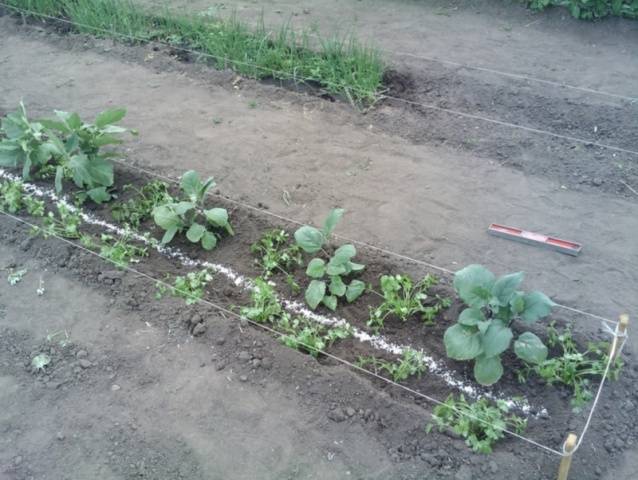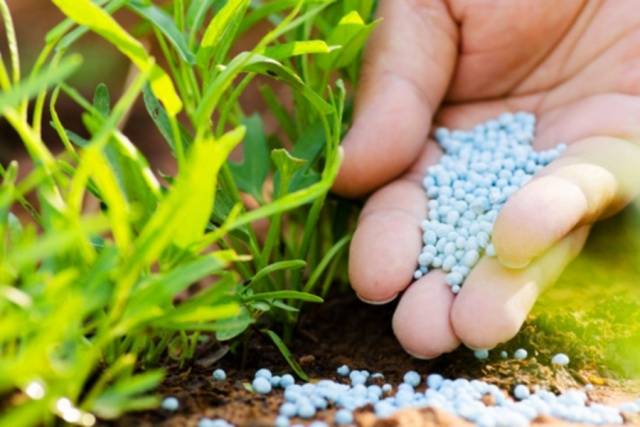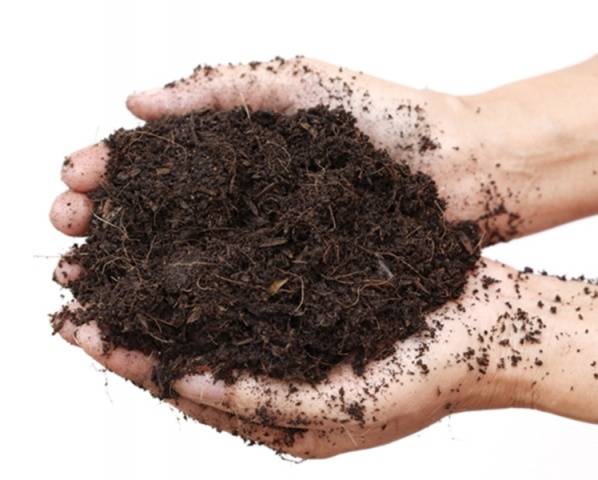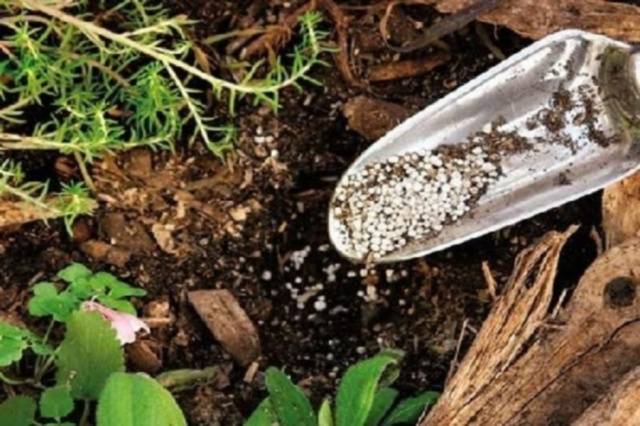Content
Usually eggplant in the understanding of the gardener, and indeed any of us, is perceived as a vegetable. But from the point of view of botany, it is a berry. Interestingly, it has not only one name, this vegetable or berry culture is also known under such names as dark-fruited nightshade, badrijan, in rare cases it is called bubrijana. Moreover, each variety of eggplant also has its own name. For example, the original name looks like - Goby F1.
Description
Eggplant with an interesting name - Goby belongs to the type of early maturing hybrids. Adult shrubs of the plant are quite tall, which is 100-120 cm and large leaves, and have a semi-spreading structure. The surface of the eggplant fruits F1 Goby is deep purple in color and has a characteristic glossy surface. As for the shape of the fruit, like the variety eggplant Vera, it also looks like one tasty and healthy fruit - a pear. Inside the eggplant Goby F1, the core is white, tender and devoid of bitterness, but at the same time dense.
Thorns can rarely be found on the plant, which only goes to hand when it comes time to harvest.
The weight of each ripe fruit can vary from 200 to 260 grams. And this suggests that from about 5 bushes located on a total area of one square meter, you can collect from 6.5 to 7 kg of ripe and healthy eggplants F1 Goby.
Features of the variety and reviews
As noted by the reviews of some summer residents, a feature of the F1 Goby eggplant variety is the plant's resistance to many different diseases of vegetable crops. Among them is a virus called tobacco mosaic. Also, eggplant tolerates stressful conditions of keeping, which allows growing F1 fruits in almost any region of Russia.
One of these reviews:
In anticipation of ripe fruits, it is worth a little patience, since their ripening occurs after 100-110 from the moment the F1 Goby eggplant seeds sprout. Do not forget about the excellent taste of the fruit. It is just perfect for preparing various dishes by stewing or frying. F1 goby eggplants are especially tasty when preserved or pickled.
From the following video, you can find out which 10 commandments should be observed in order to get a good harvest of eggplant fruits:
Landing
Planting of eggplant variety F1 Bychok can be done both in the open field and under a secure shelter. To get as many ripe and tasty fruits as possible, you must strictly adhere to a developed and proven scheme. It is necessary to form rows of plants so that the distance between them is 60-65 cm.Each individual eggplant bush F1 goby should be at a distance of about 30-35 cm from the nearest neighbor.
It is important to distribute all the bushes of the plant with a certain density. It is not necessary to have more than 4-6 bushes for each square meter of the area of the selected site. Otherwise, the strong density can lead to a significant reduction in fruit.
Eggplant Goby can grow well after ripening carrots, onions, pumpkins or beans. According to some reviews, the optimal planting time for a plant is in May.
Top dressing
When making regular care, do not forget about making eggplant fertilizer F1 Goby. In most cases, the small size of the fruit is obtained precisely because of the lack of nutrients or their untimely intake. As a result, eggplants F1 Goby, even if they appear, are in very small quantities. Is it possible to harvest from small fruits, which also acquire a bitter taste.
Plants are harmed not only by a deficiency, an excess does not bring anything good either. For example, too much nitrogen in the diet leads to the fact that the eggplant bushes Goby F1 begin to bloom literally. However, such plants can no longer form ovaries, which practically excludes the appearance of fruits.
therefore eggplant feeding The F1 goby is a very important procedure. In this case, it must be made at least three times, and preferably five for the entire season. Sometimes plant fertilizer has to be applied every two weeks.
Fertile soil
If the land is quite fertile and regular mulching is carried out, then for the first time fertilization is applied during the period of the beginning of the eggplant flowering F1 Goby. This is done the second time just before harvesting. And after the formation of fruits on the lateral processes, fertilizer is applied for the third time. As one of the options, you can use a solution containing the following components:
- ammonium nitrate - 5 g;
- superphosphate - 20 g;
- potassium chloride - 10 g.
This amount is quite enough to process a square meter of the site. When the time comes for the second feeding of the plants, the content of phosphorus and potassium should be doubled.
Various organic fertilizers can also be used as an additional source of nutrients. Eggplant Goby F1 will benefit from both manure humus and rotted compost. Their number is selected at the rate of no more than 6 kg per square meter of the site.
Poor soil
If the soil is characterized by a poor composition of useful minerals, then feeding the eggplants F1 Goby is applied every 14 days. After the young plants are planted, you need to wait two weeks and feed the eggplants for the first time. To do this, you need to prepare a solution: 20 grams of a complex fertilizer on a mineral basis is diluted in a bucket of water. For each eggplant bush F1 Goby, half a bucket of such a solution is needed.
For the second feeding, organic fertilizers will be required. Take 1 kg of mullein per bucket of water and mix everything well. Then about 7 days you need to let the solution brew. When it is ready, use it along with watering at the same rate: half a bucket for each plant.
For the subsequent introduction of additional nutrition to the eggplant, you can use urea - it promotes the formation of ovaries and further has a beneficial effect on the development of the fruits of the plant. The solution is made from the calculation: a tablespoon is dissolved in a bucket of water.
When the first fruits appear on the bushes, it is useful to give the eggplants F1 Goby liquid organic matter. There are many recipes, as an example the following solution, consisting of:
- water - 100 liters;
- bird droppings - 1 bucket;
- nitrophoes - 2 glasses.
Mix all the ingredients well, then leave in some place to infuse for 5 or 6 days. Sprinkle each eggplant bush with two liters of the prepared solution. For another recipe for 100 liters of water, you can take a glass of urea and a bucket of mullein. After everything is mixed, you need to let the solution brew for three days, at least. Further watering of the plants will require 5 liters per square meter.
Foliar dressing
During the flowering period of eggplant F1 Goby it is useful to spray the plants with poorly diluted boric acid. If the weather is cool, trace elements should be used for these purposes. In the presence of thick greens, it is worth adding potassium to the diet, and if it is lacking, urea. Any solution that is prepared for foliar feeding should have a weak composition in comparison with ordinary watering. This will protect the plants from death.
Eggplants are unpretentious in growing conditions, but nevertheless, they should not be denied completely in care. Then there will be a lot of fruits, and they will be delicious as never before.













